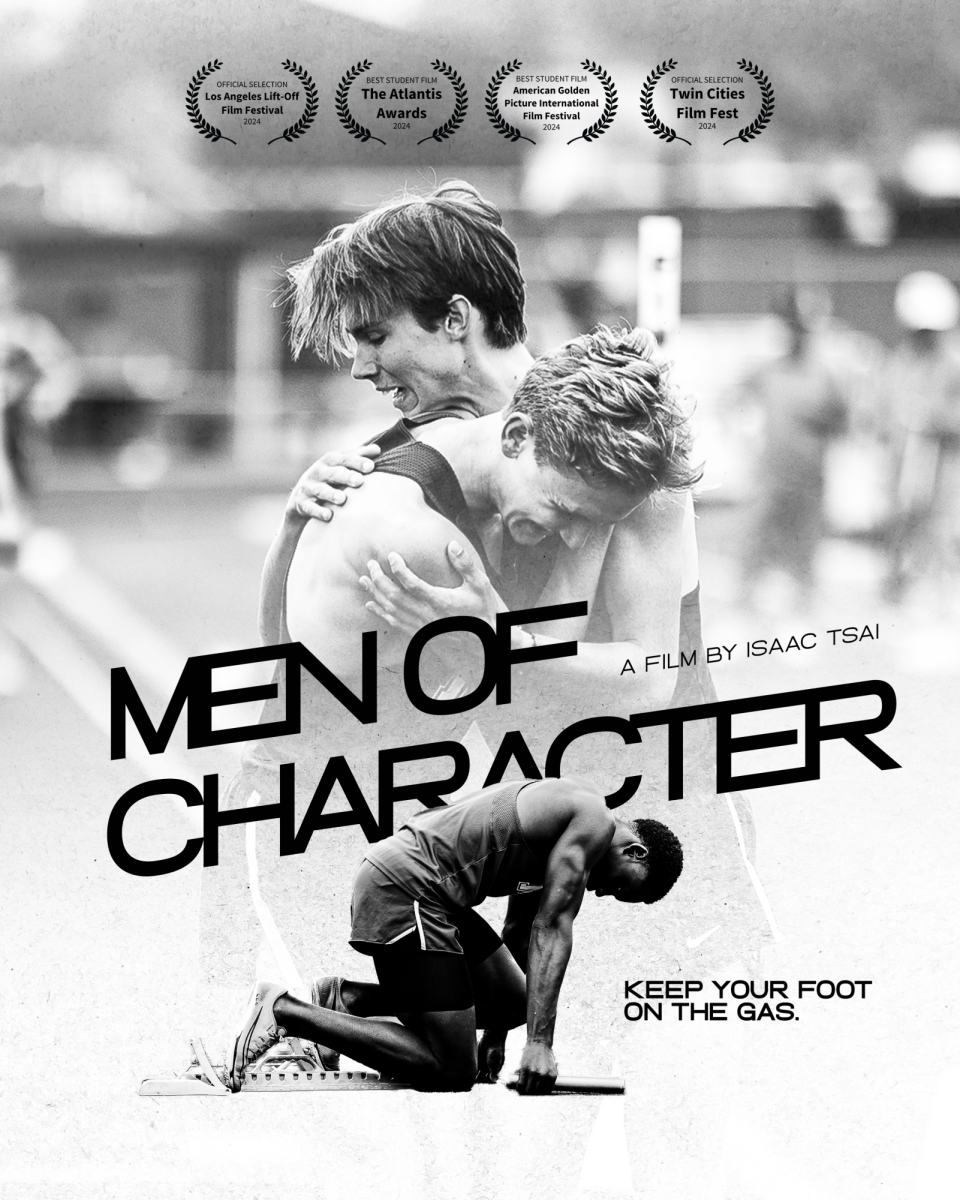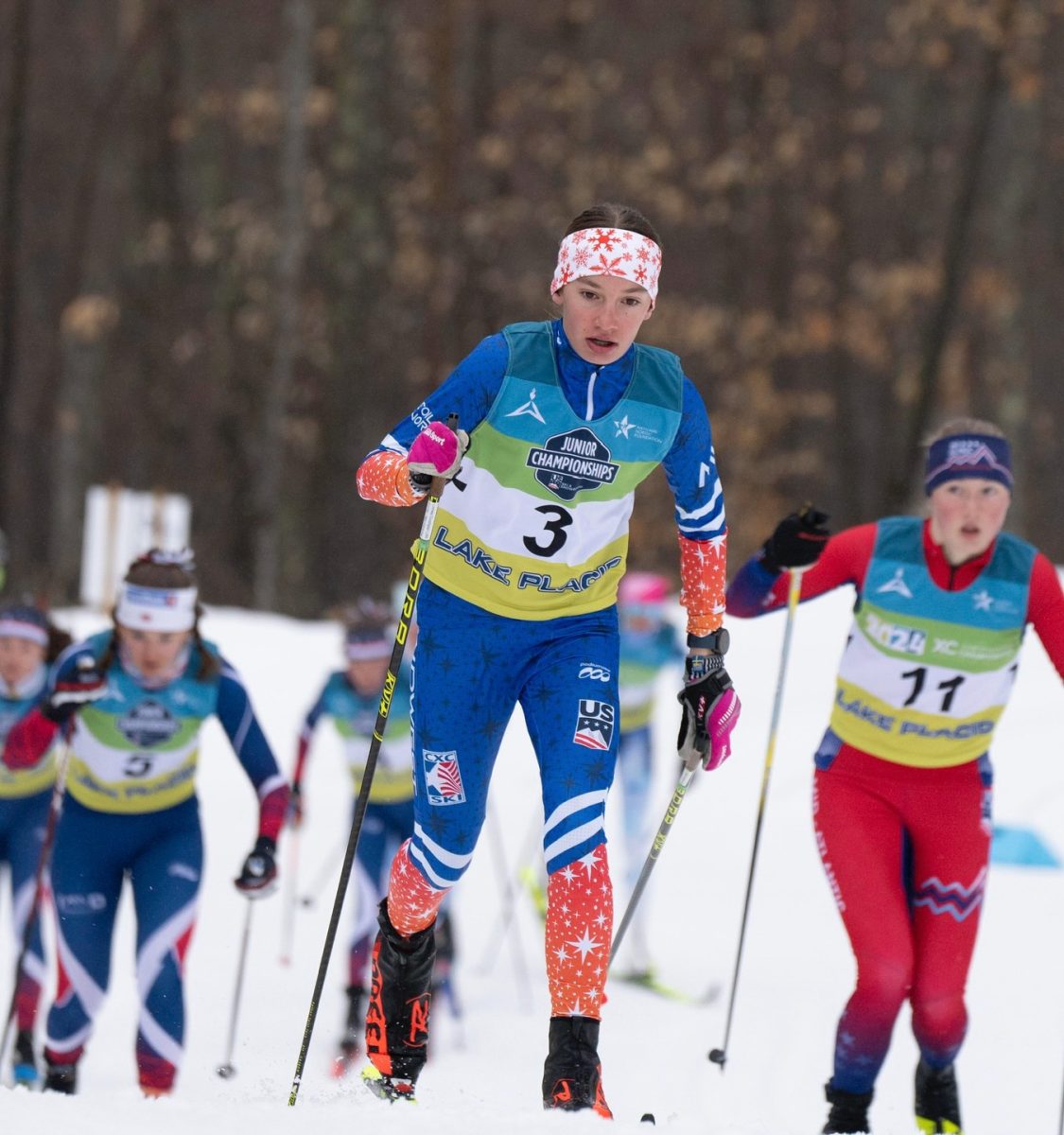Everyone has their “special interest,” the one subject they passionately obsess over. However, there is an unfortunate tendency for people to venerate that topic of interest to a toxic degree. I have experienced this firsthand as a railfan. Railfans are a subculture that maintains a significant interest in anything related to the railroad industry. We take photos and videos of trains, collect railroad artifacts, build scale models and even play train video games. Our love for trains cannot be understated.
Yet just like any other subculture, we railfans can lose sight of how our chosen interest is not infallible. For one, the entire concept of being a railfan revolves around celebrating a form of transportation that was instrumental in Manifest Destiny and the genocide of Indigenous Americans. Both the historical construction and operation of American railroads have been scarred by numerous instances of racism, from the brutal living conditions and harsh treatment of Chinese laborers who helped build the transcontinental railroad to a lack of occupational mobility for Black railroaders. Today in 2025, most railfans tend to be straight white men. Diverse viewpoints are rare in this environment that is rife with toxic masculinity and petty comparisons. Women rarely, if ever, get truly welcomed into the community, which often drives them away from overtly expressing their interest in railfanning. Ditto for the railroad industry as a whole, which is still male-dominated — indeed, most railfans will make a big deal about catching a train with a female engineer or conductor, as if it is some prize to be won.
Therein lies the problem with us railfans and similar subcultures. Our staunch resistance to change is nearly as prominent as the objects we adore. We whine about old locomotive retirements because apparently our desires for a “rare catch” are more important than moving freight safely and efficiently. I have seen countless online comments on how railroads are becoming “woke” because they are painting some locomotives in special paint schemes to celebrate diversity. This intense backlash exists likely because the nostalgia factor in railfanning is probably one of the highest in any subculture. I have interacted with railfans who may still be in middle school but already are critiquing anything and everything. They long for a time period when they were not even alive!
So why do I still want to be a railfan? For the most part, I have kept my interest in trains a core part of my personality. No one wants to leave behind the interest they love, so the key is to be mindful. It is one thing to have an interest and refuse to learn about the less glamorous aspects of it, but it is another to actually make an effort to dig into what we might not want to hear. For example, I like learning about the intersection of railroad history with America’s racial past and sharing it with others. Encouraging and supporting railfans and railroaders of diverse backgrounds is also essential. One way I have worked on that is by subscribing and watching the YouTube channels of non-white and non-male railfans, and calling out unnecessary bigotry when a conflict moves away from trains and toward the culture wars. I am also a supporter of intentional preservation. One of the best ways to manage destructive nostalgia is to advocate for museums and heritage railroads that are actively trying to save pieces of rail equipment and history for future enjoyment.
Above all, I have tried my best not to be petty and just enjoy the hobby. There are still the sights, the sounds and even the smells to experience. Just like how some people like to watch anime or vintage films or take pictures of birds and nature, we railfans are still compelled to put aside disagreements for the sake of our hobby. Change does not happen overnight, so there is no point in getting in a tizzy over this paint scheme or that new battery locomotive. Every subculture has issues like this to some degree. No matter how mainstream or niche, I encourage everyone to look at their chosen interest and ask themselves: “What are the problems with my interest, and what can I do to work towards solving them?” I have heard many a railfan lament that “the only constant on the railroad is change.” In that vein, we all have to let ourselves and our hobbies change too.







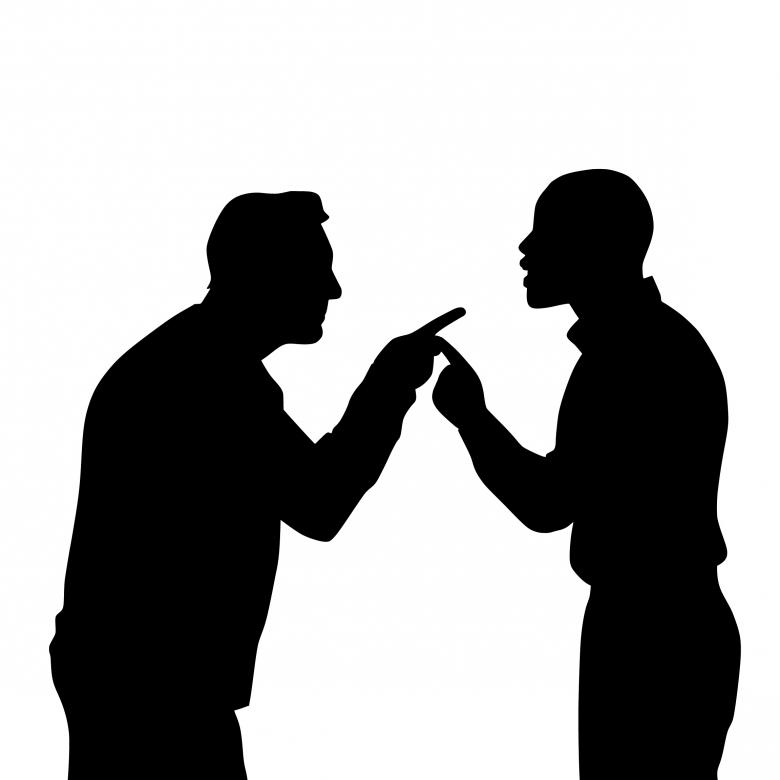
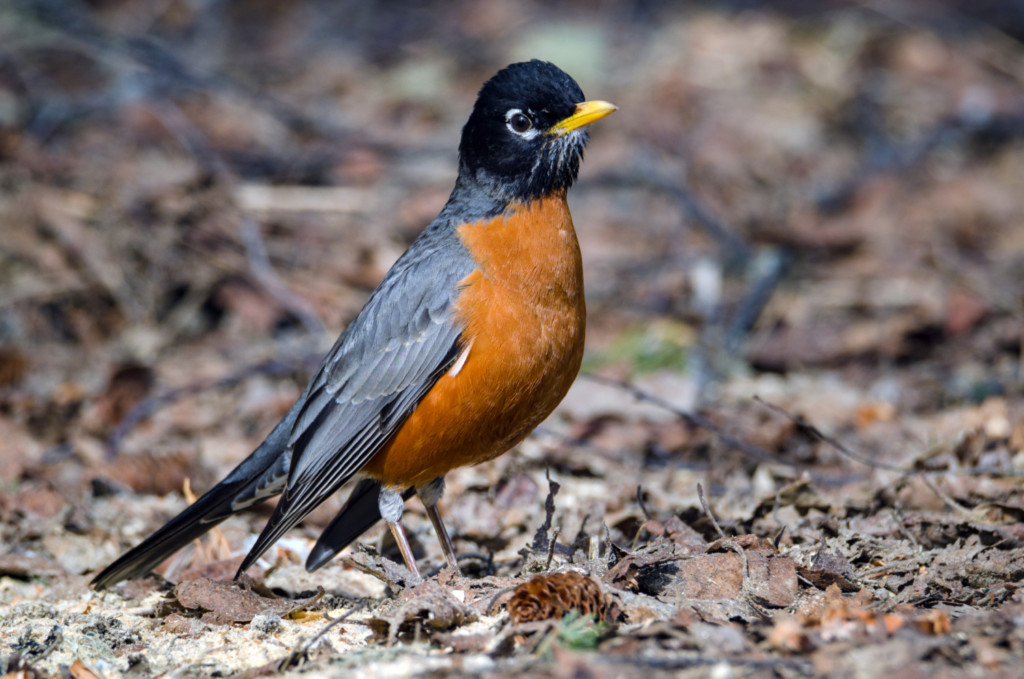

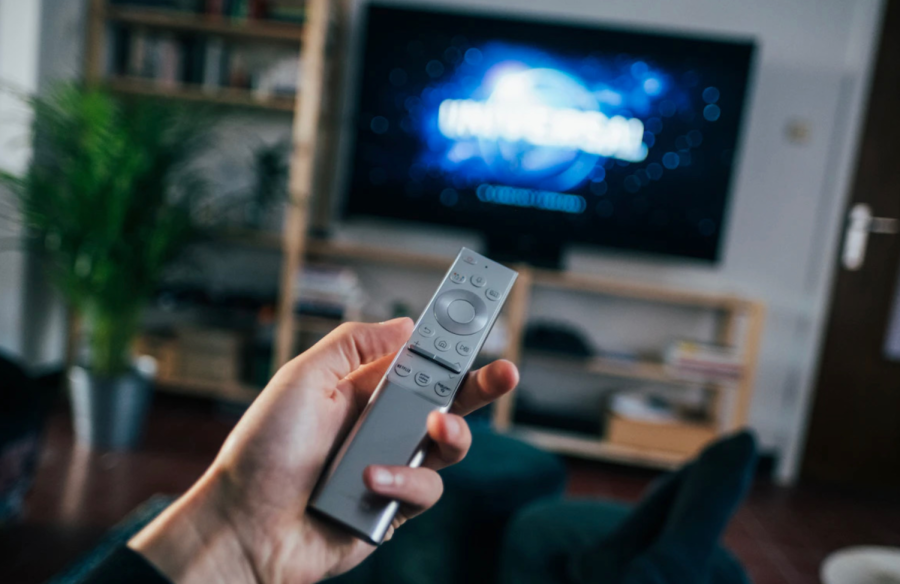





![[DEBATES] Prestigious colleges: value or hype?](https://www.mvviewer.org/wp-content/uploads/2024/12/buildings-1200x654.png)
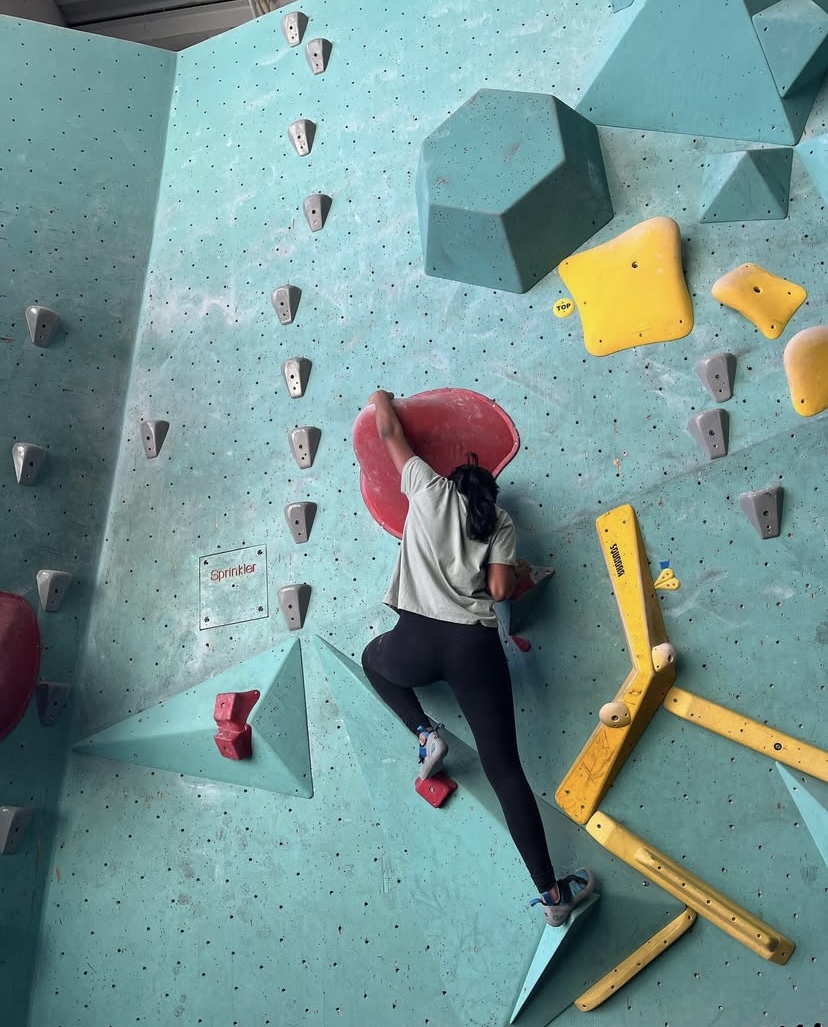

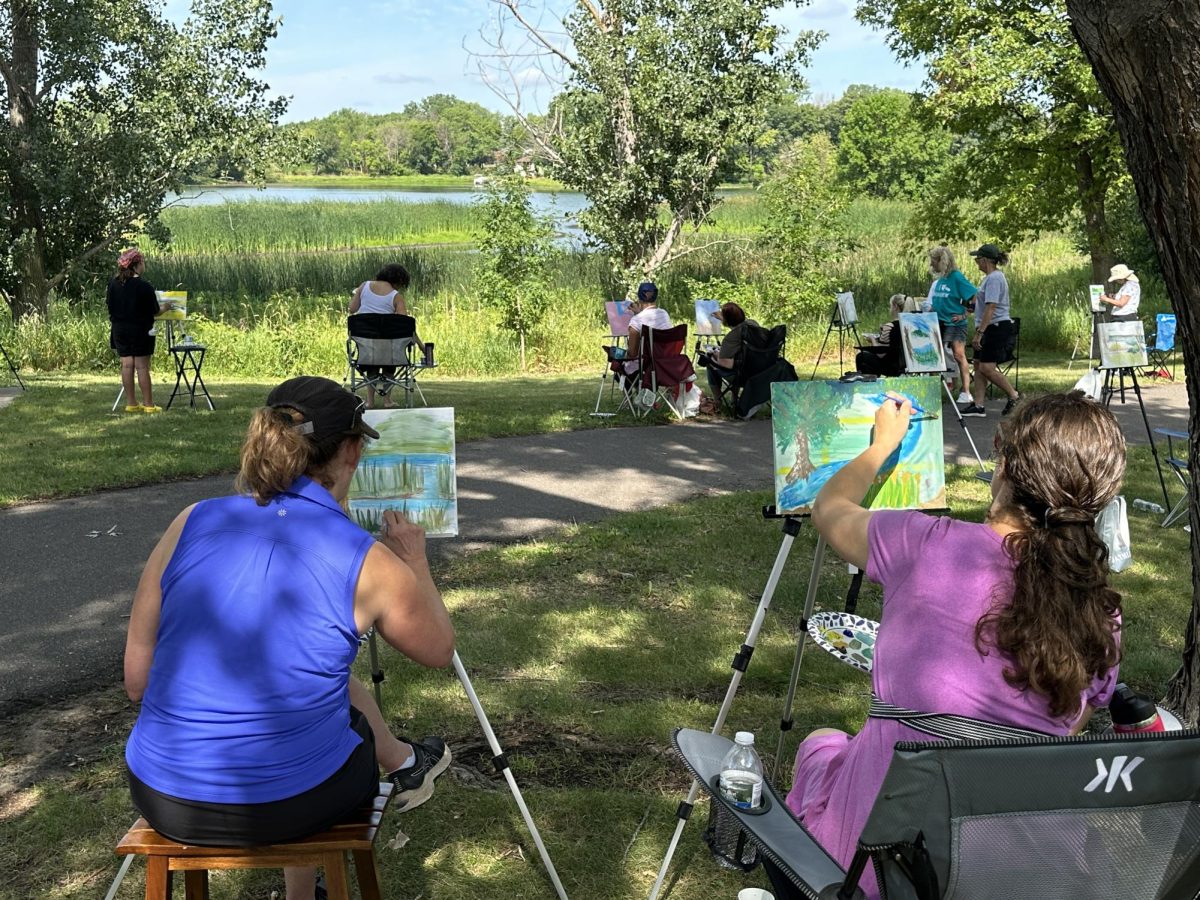
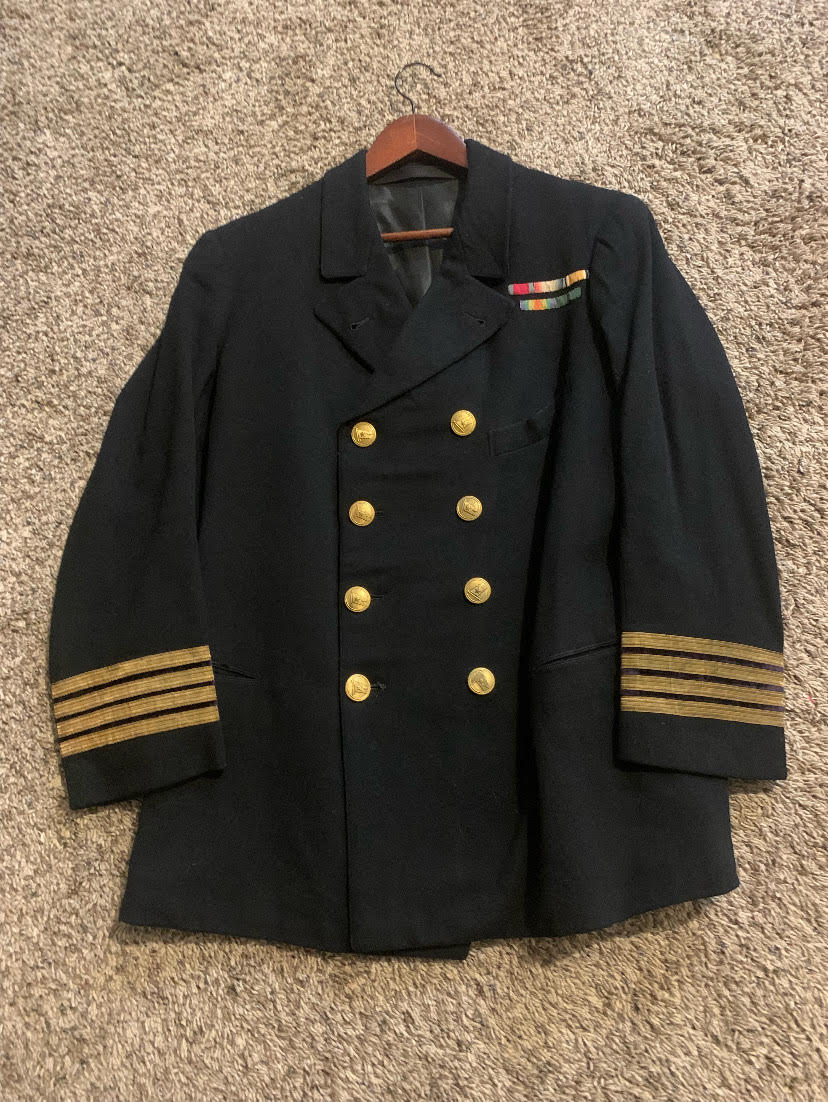
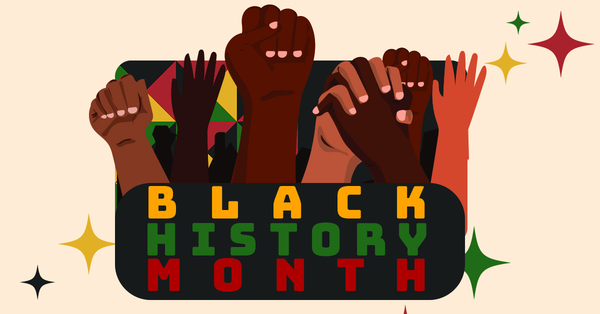



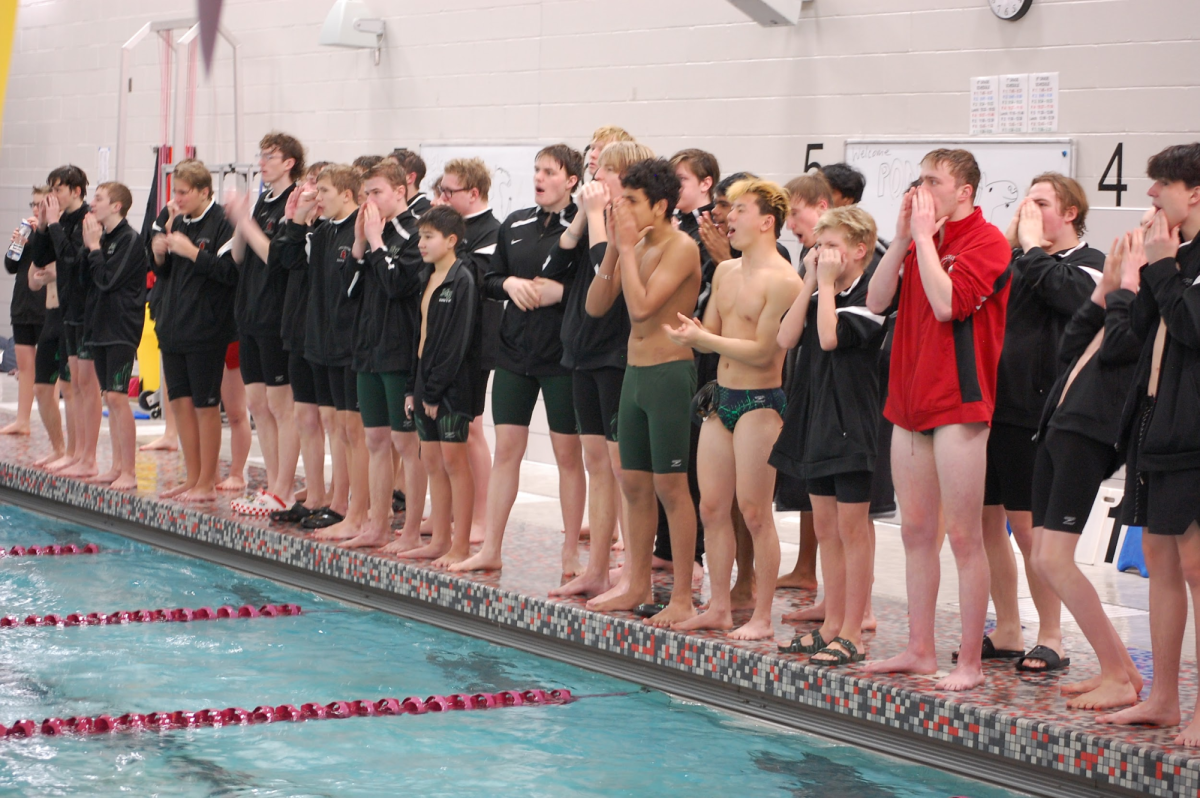






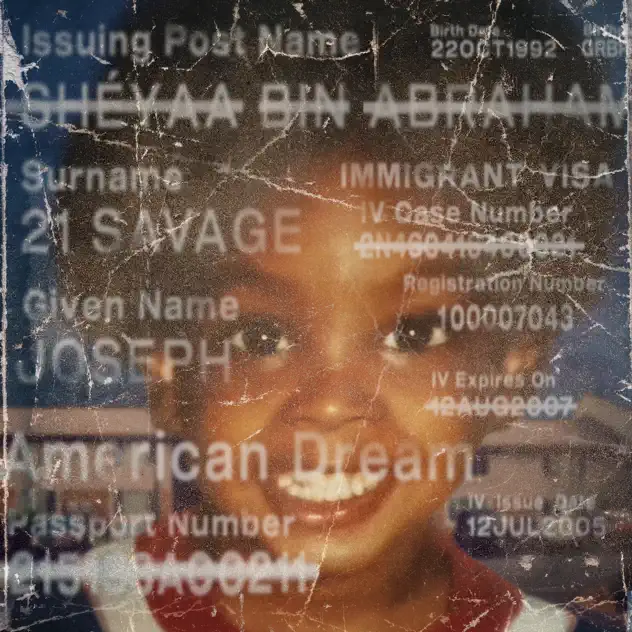
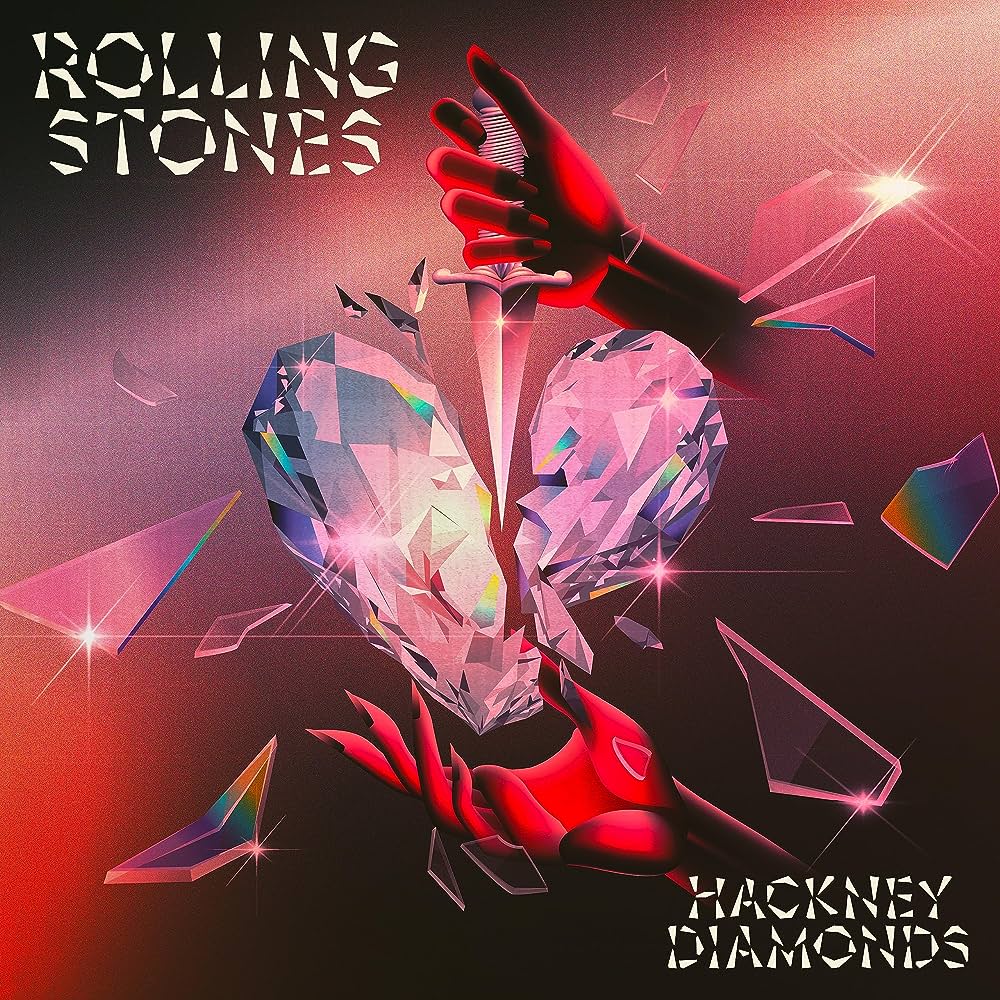





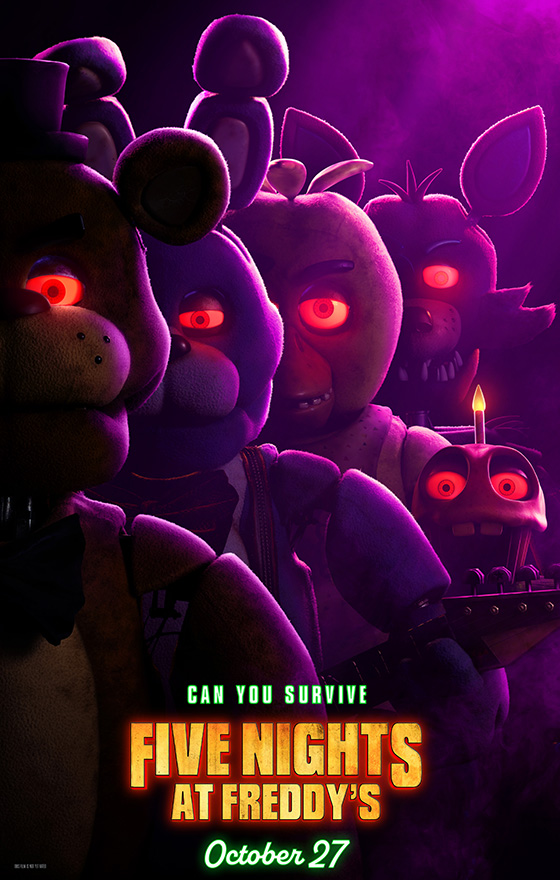
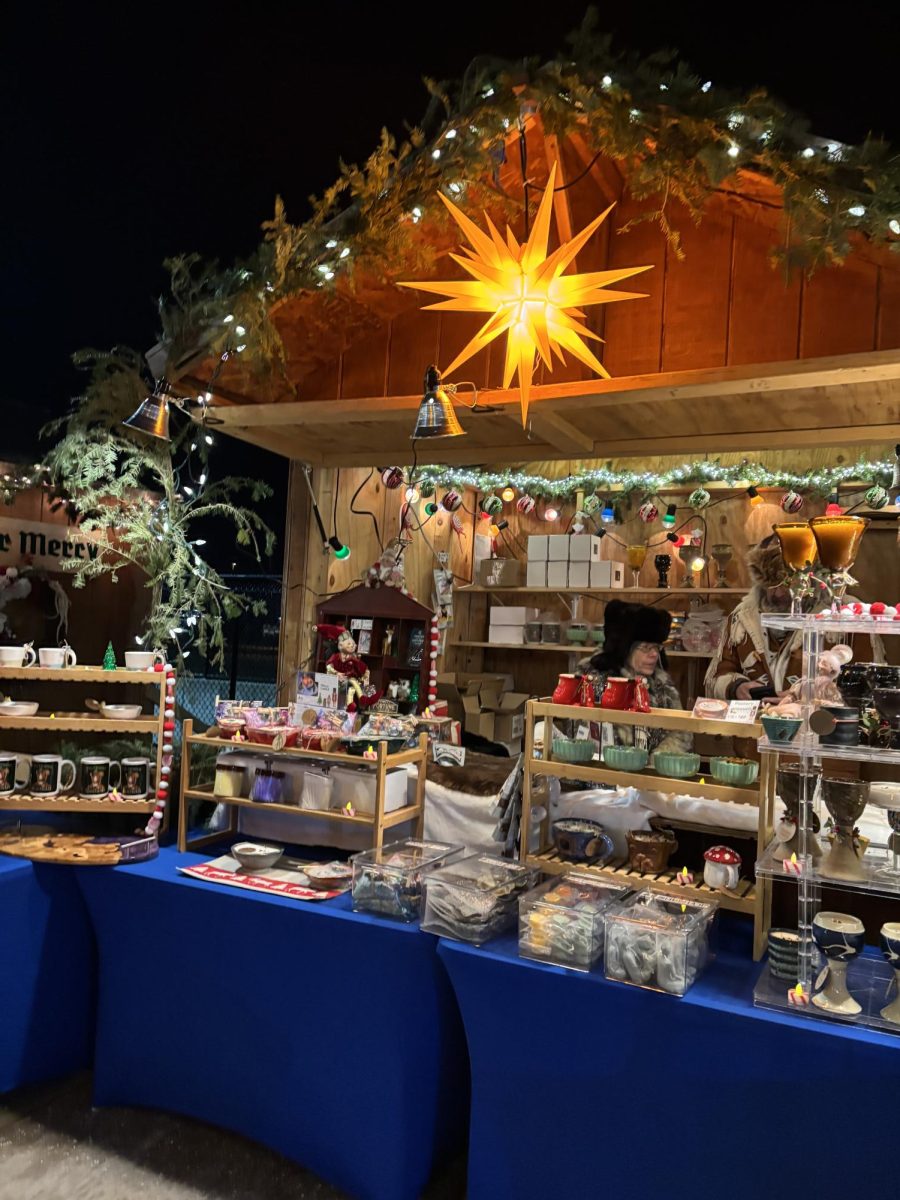
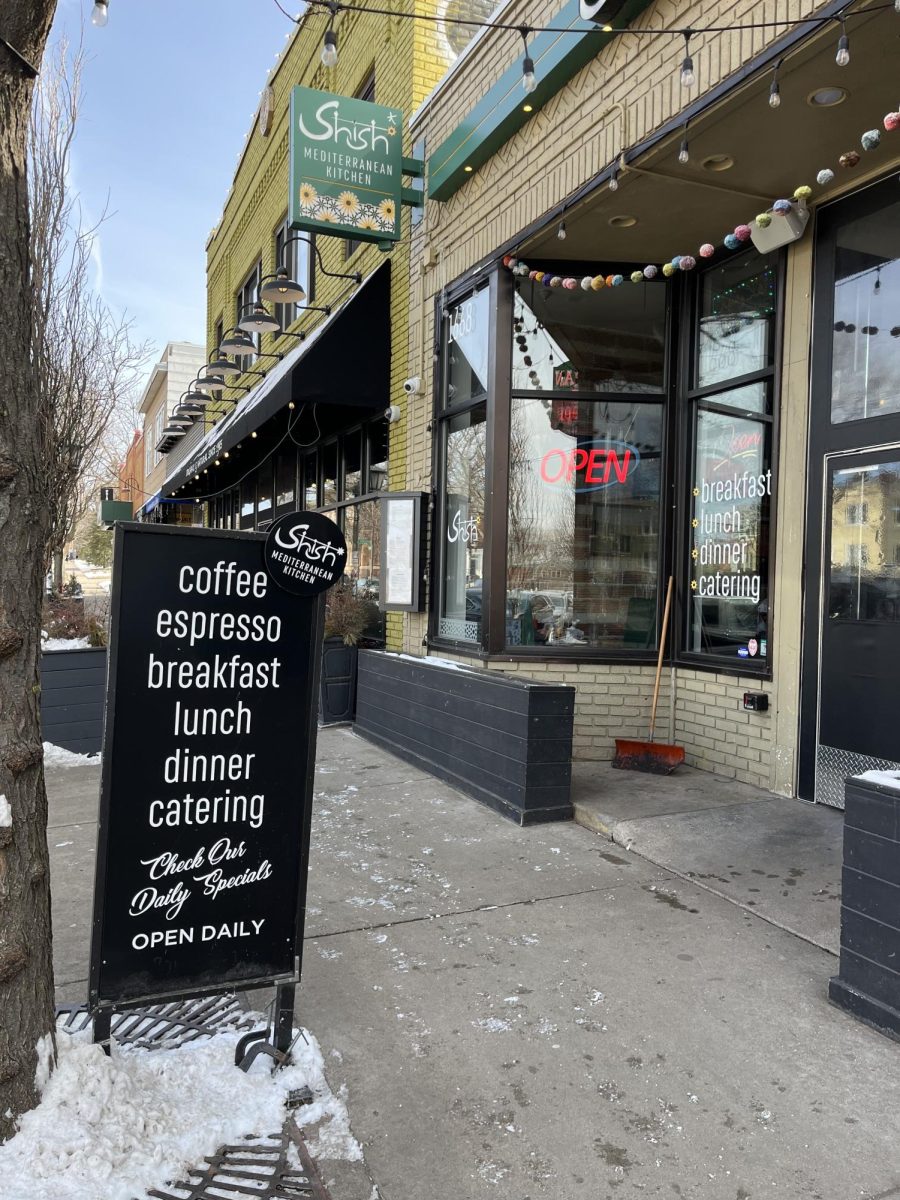

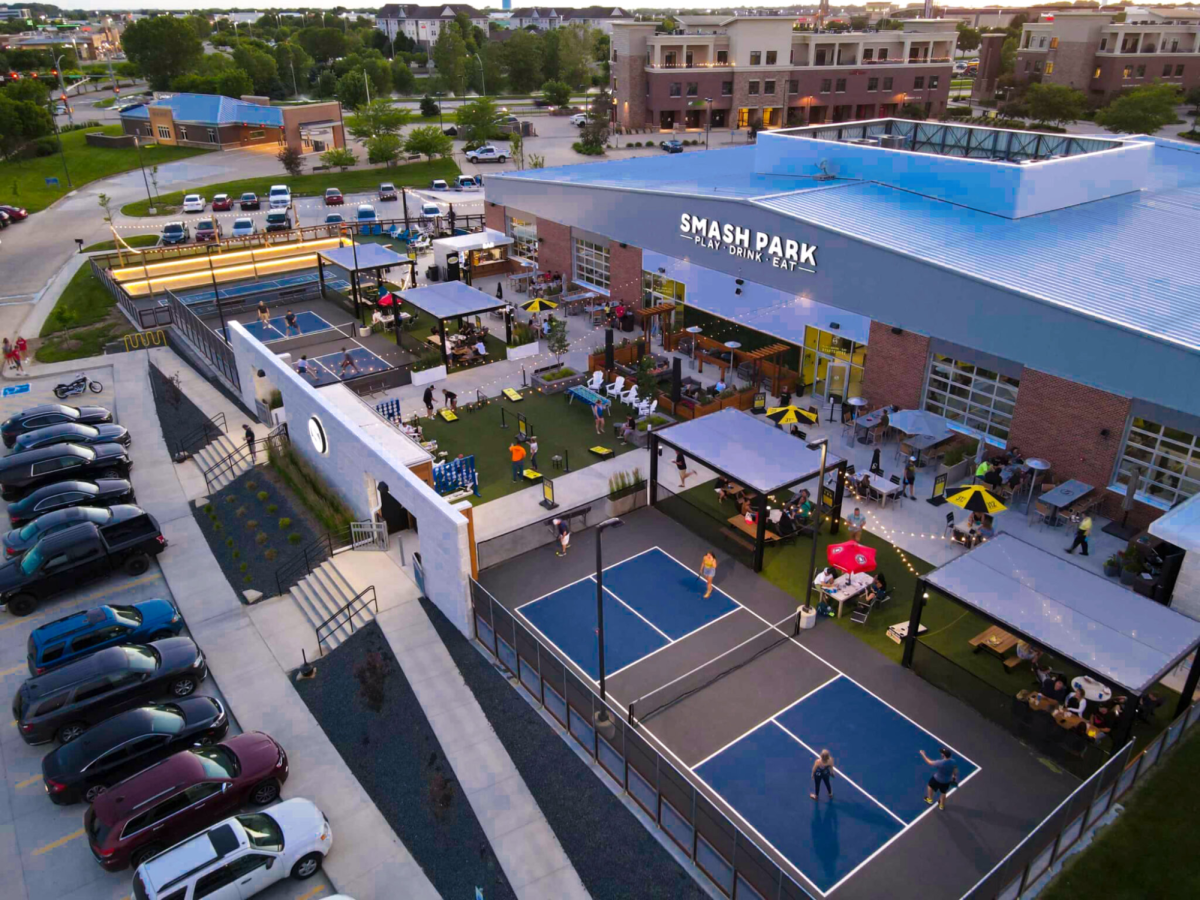





![[OPINION] The dark origins of TikTok's looksmaxxing trend](https://www.mvviewer.org/wp-content/uploads/2024/02/Copy-of-Copy-of-Untitled-Design-1200x675.png)




